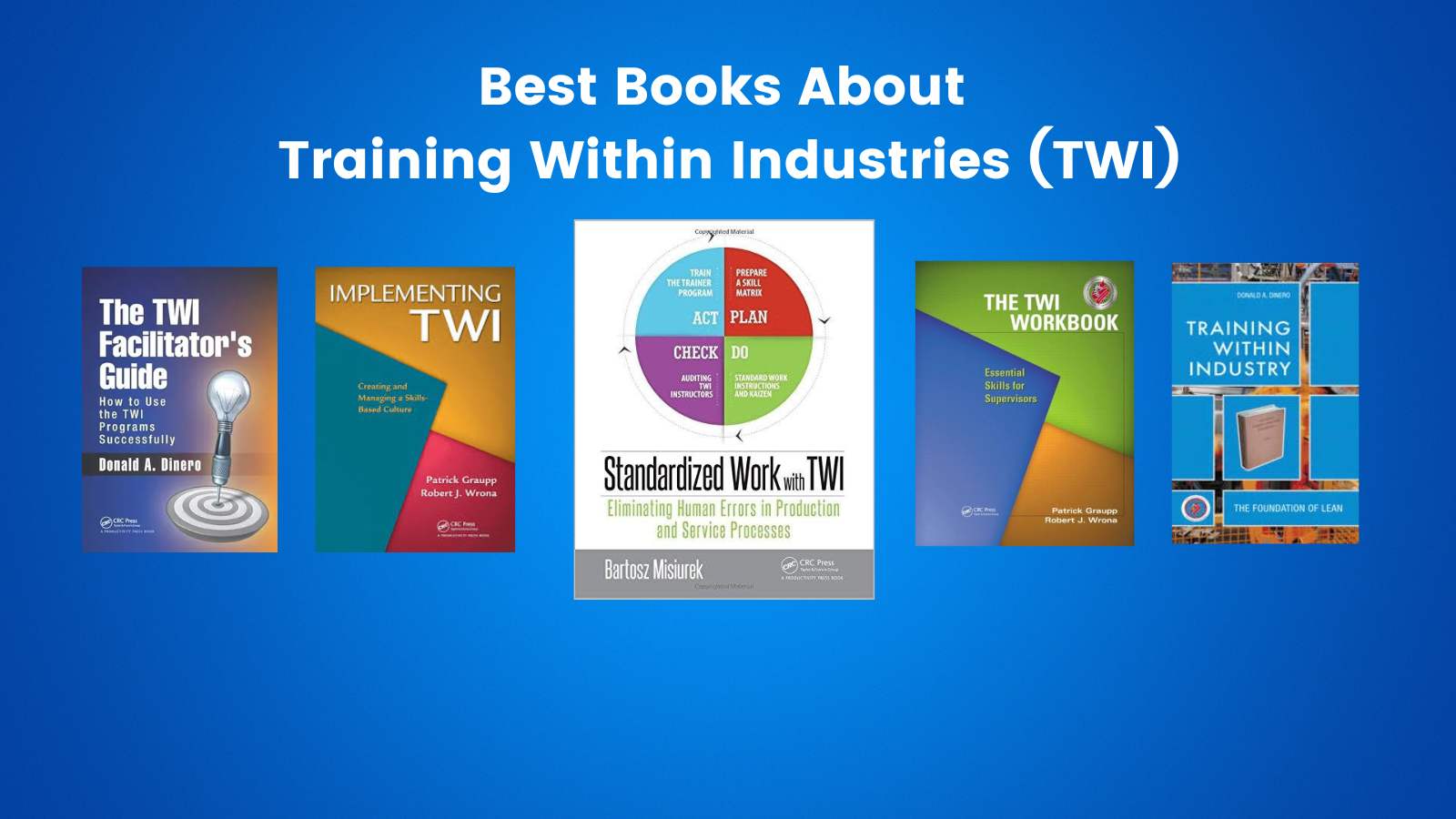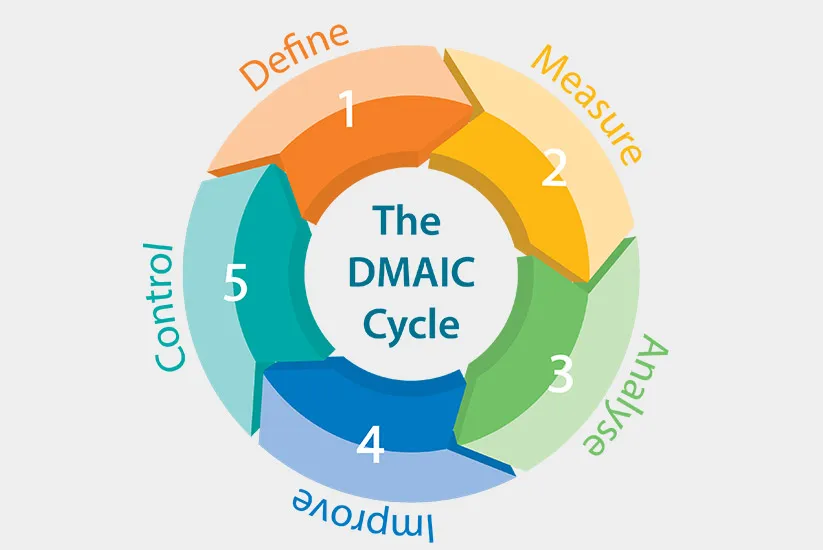Table of Contents
ToggleIntroduction: The Intersection of Lean Leadership and Personal Branding
In today’s social and digital era, the way leaders present themselves has a significant impact on how their organisations are perceived. Lean leadership and personal branding may seem like separate domains, yet they intersect in meaningful ways. Lean leadership is rooted in humility, respect for people and the relentless pursuit of improvement. Personal branding is about clearly communicating who you are and what you stand for. Combining these concepts requires balance: leaders must demonstrate competence and authenticity while using the tools of modern self‑promotion to share their vision. This article explores how to strike that balance and why it matters for organisations adopting lean thinking.
The Rise of Personal Branding in a Lean World
It’s impossible to ignore the explosion of personal branding in recent years. Social media has given executives, authors and influencers new platforms to build audiences around their names. In industries that embrace lean thinking, this phenomenon raises questions about whether attention is being diverted away from customers and processes. Charismatic leadership can be inspiring, but there’s a danger when the leader’s charisma becomes an end in itself. Business thinkers like Peter Drucker warned that the charismatic leader can become inflexible and convinced of their own infallibility. When personality overshadows results, organisations drift away from the disciplined, customer‑focused approach of lean. Lean leadership and personal branding are not mutually exclusive, but they must be aligned with continuous improvement rather than ego. For context on personal branding you can read the Wikipedia article on personal branding.
Charisma versus Competence: Lean Leadership Lessons
Lean leaders know that credibility comes from demonstrated competence. In the Training Within Industry (TWI) program, for example, supervisors learn to instruct, improve methods and build relationships based on trust. The TWI Job Methods – Why Are They Worth Implementing? article on Lean Community explains how breaking down a job, questioning each step and developing a better way encourages frontline improvement and builds respect between workers and leaders. When building a personal brand, leaders should highlight these competencies. Case studies of lean transformations often show that when leaders step into the gemba, coach employees and standardise processes, they earn authority. Conversely, charismatic CEOs who pontificate from conference stages without engaging in problem‑solving may attract followers but rarely achieve sustained improvements.
Lean Leadership Foundations
The foundations of lean leadership lie in the Toyota Production System: respect for people, continuous improvement (kaizen), and standardised work. Respect for people means involving employees in decisions that affect their work, listening to their ideas, and recognising their contributions. Continuous improvement requires an unrelenting focus on reducing waste and learning from every activity. Standardised work creates stability so that improvements can be measured and sustained. A leader’s personal brand should reflect these principles. Instead of touting charisma, lean leaders share stories about how empowering a team unlocked productivity or how focusing on customer value revealed hidden wastes. The personal brand becomes a vehicle to spread lean thinking, not to elevate ego. This connection between standardisation and empowerment is at the core of effective lean leadership.
Lean leaders also understand that results matter. They track key performance indicators, measure cycle times and assess customer satisfaction. The most compelling personal brands are built around real accomplishments, not inflated claims. When a leader’s social media presence includes data, lessons learned and honest reflections on challenges, it builds trust. Many lean organisations create internal blogs or knowledge‑sharing platforms where managers write about problem solving events or improvement workshops. Repurposing that content for a wider audience allows leaders to practise personal branding without losing sight of lean fundamentals. Remember to maintain alignment with the company’s mission and values; authenticity is the currency of both lean leadership and personal branding.
Balancing Authenticity and Strategy
Creating a personal brand requires strategic thought about how you want to be perceived. For lean leaders, the message should be anchored in lean principles. Start by clarifying your core values: respect, humility, curiosity and customer focus. Think about the stories you can share that illustrate those values. When you speak or post online, use clear language and avoid jargon so that your message resonates with a broad audience. At the same time, consider the search terms and keywords that will help new followers find you. For this article the focus keyphrase is “lean leadership and personal branding,” and you’ll notice it appears in the title and throughout the text. Using the phrase naturally helps search engines understand the theme without diminishing readability. In a competitive market for attention, strategy and authenticity go hand in hand.
Building Trust and Credibility
No personal brand can succeed without trust. In lean cultures, trust is built through consistency, transparency and fairness. Leaders who consistently follow through on their commitments show they value their teams’ time and efforts. Transparency means sharing both successes and failures; lean thinking embraces learning from mistakes. Fairness involves recognising and rewarding contributions, not just charismatic performances. To build trust through your personal brand, align your public statements with your behaviours. If you post about respecting people, ensure that employees feel respected when they interact with you. Highlight the achievements of your team and the lessons you’ve learned from them. Trust is earned slowly and lost quickly, so lean leaders must guard it carefully.
Practical Roadmap for Lean Leaders
Here are some steps to integrate lean leadership with personal branding:
- Self‑assessment: Take time to evaluate your current leadership style and the perception others have of you. Reflect on how well you embody lean principles in your daily actions.
- Define your value proposition: Write a statement that captures how you help organisations reduce waste, develop people and deliver value to customers. This will serve as the foundation of your personal brand.
- Communicate through lean storytelling: Share stories about process improvements, kaizen events and TWI workshops. Explain the problem, the actions taken and the results achieved. Stories make technical concepts relatable.
- Co‑create content: Engage your team in creating content for the company blog or social channels. Encourage team members to write about their experiences and celebrate their insights. This reinforces respect for people and expands your brand’s reach.
- Measure and adjust: Monitor feedback from your audience. Are people asking informed questions? Are employees proud to share your posts? Use this feedback to refine your message. Continuous improvement applies to your brand as much as your processes.
Conclusion: Leading with Purpose and Integrity
The convergence of lean leadership and personal branding offers leaders a powerful way to amplify their impact. When grounded in respect for people, continuous improvement and authentic storytelling, a personal brand can spread lean thinking far beyond the walls of your organisation. Charisma may draw initial attention, but competence and credibility sustain it. As you develop your personal brand, remember that your actions are your most persuasive marketing tool. Focus on developing people, improving processes and delivering value. For more insights on lean management visit the Lean Management section of our site or explore the broader Lean management literature. By balancing humility with visibility, lean leaders can inspire change and build lasting brands.
As a Lean philosophy enthusiast and change leader focused on data, not opinions, I specialize in identifying process waste, guiding leaders through change, and improving team communication. I prioritize employee well-being, believing it aligns with business goals. My hands-on approach in business transformations and PDCA experiments follows the #gotosee principle. If you're seeking practical, impactful change, feel free to contact me.







